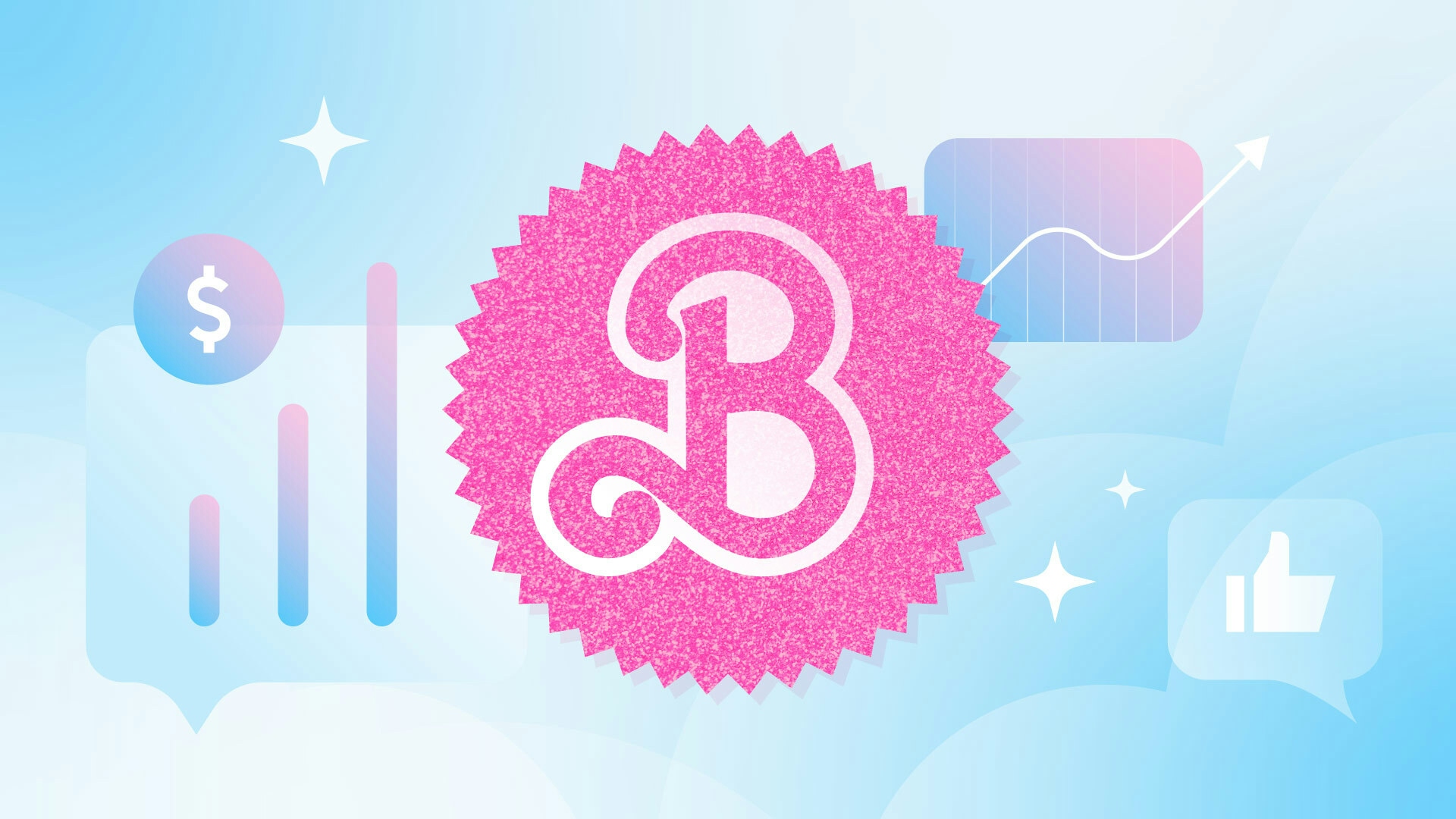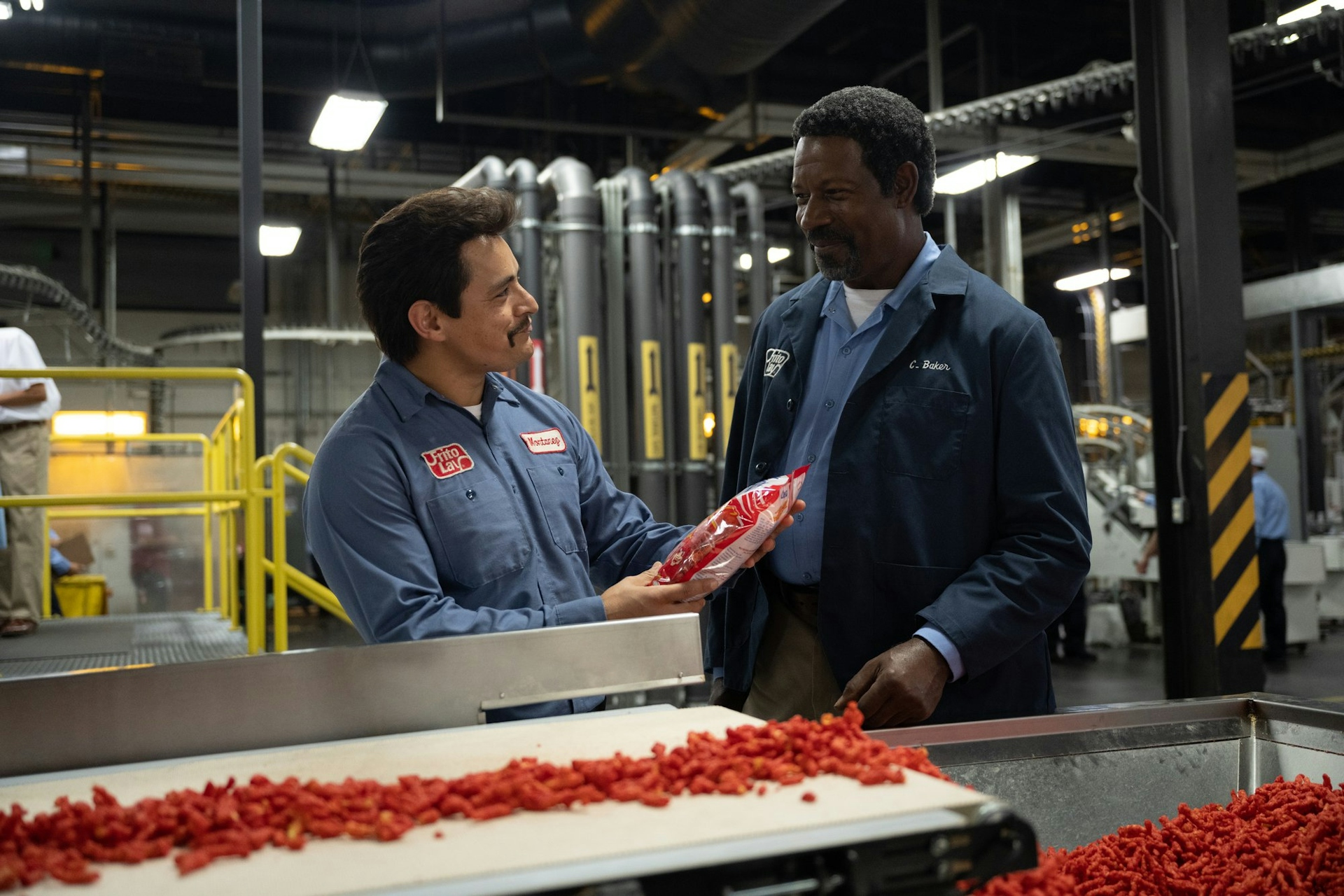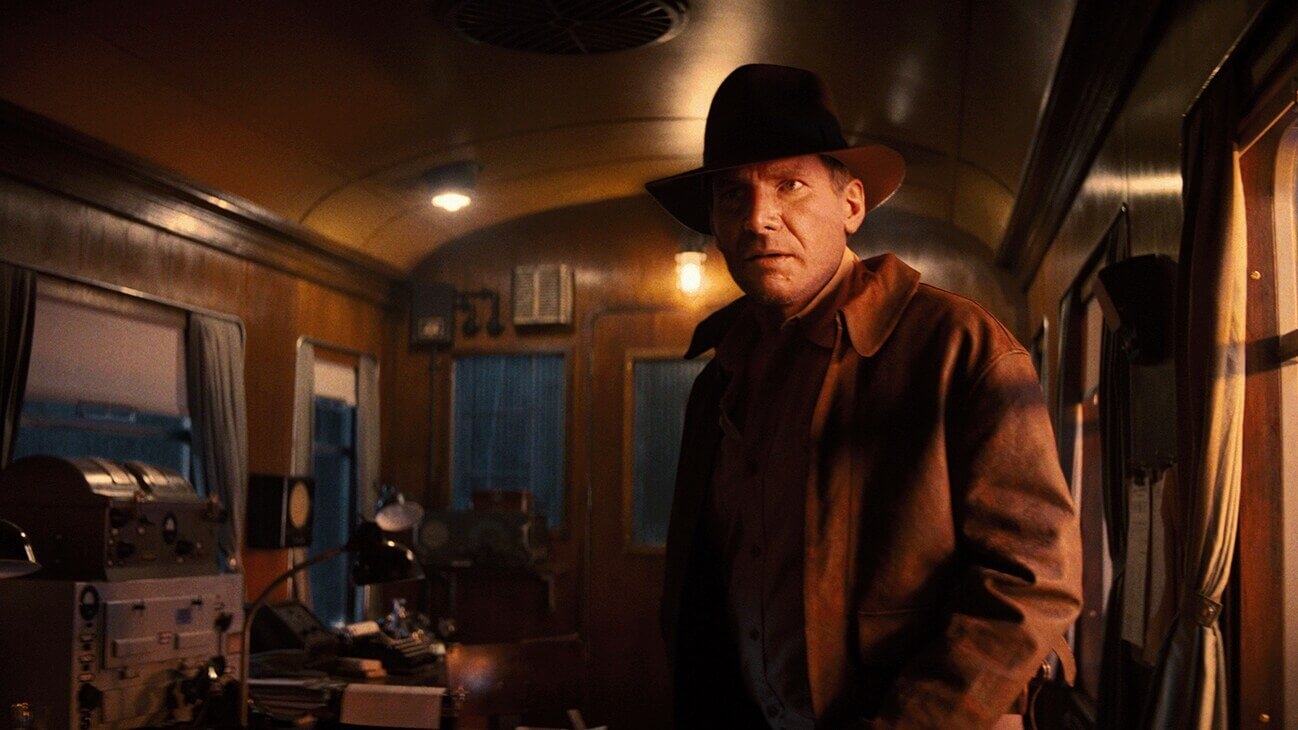Mattel’s Barbie Playbook Is What Legacy Brands Should Follow

Key Takeaways
Awareness of “Barbie” skyrocketed in the three months leading up to its July 21 release, as the share of U.S. adults who said they had seen, read or heard something about the movie jumped from 45% in April to 75% in late July.
This movement was driven, in large part, by the dozens of “Barbie”-themed brand partnerships launched ahead of the film’s premiere, which nearly half (48%) of U.S. adults — including 72% of Gen Z adults — said they were aware of.
Mattel’s advertising blitz had widespread appeal: 80% of U.S. adults aware of the efforts said they liked the “Barbie” promotions they had seen, offering a reliable framework for legacy brands eyeing a similar mass-market reinvention.
Sign up to get the latest global brand, media and marketing news and analysis delivered to your inbox every morning.
With more than $350 million in domestic ticket sales in less than two weeks, the “Barbie” movie has painted box offices across the country pink, literally. Meanwhile, a massive marketing campaign orchestrated by Barbie’s nearly 80-year-old parent company, Mattel, has done the same for seemingly every other part of American life, too.
New Morning Consult data highlights just how effectively Mattel’s vision for a “summer of Barbie” came to fruition. Between April and July, the share of U.S. adults who said they were aware of the “Barbie” movie increased by 30 percentage points from 45% to 75%.
Awareness of ‘Barbie’ Surged in Last 3 Months
The toymaker’s efforts not only got moviegoers in seats, but they also positioned the Barbie brand — which less than a decade ago was floundering amid rapidly declining sales and accusations of harmful messaging — firmly atop the pinnacle of pop culture.
And while some aspects of Barbie’s resurgence are unique, its rise still provides marketers at well-known but struggling-for-relevance brands with a proven playbook for winning over the hearts and minds of consumers once again.
Lesson No. 1: Understand who your brands resonate with today and decide who else you want it to resonate with in the future
Former Mattel President and COO Richard Dickson, who was named the new CEO of Gap in late July, recently told the Wall Street Journal that the company believed Barbie’s path forward was by getting “everyone” to play with her, regardless of age, race or gender — and whether literally or figuratively. Leadership wanted to extend the doll’s appeal beyond her core audience of young girls to the entire American public. Similarly, Mattel wanted to change its perception as a company that simply makes toys to one that creates meaningful moments of culture.
Most successful brand reinventions have this element of laddering-up. Abercrombie & Fitch went from an exclusive, out-of-favor retailer to a beloved brand for all by ditching its heavily logo-clad garments for simple basics and adding additional sizes. Dunkin’ dropped “Donuts” from its name and suddenly appealed to a larger group of consumers who sought more than just sweet breakfast treats. Mattel achieved this for Barbie by placing the familiar doll into an exceedingly wide range of new, unexpected settings.
Lesson No. 2: Leverage product partnerships that bring your brand closer to new audiences, and surprise existing ones
When a brand’s target audience is “everyone,” it must be everywhere. A cascade of partnerships allowed Mattel to do just that, disrupting consumers’ historical associations of Barbie as a toy designed for only one audience.
Specific demographics at scale: Surveying thousands of consumers around the world every day powers our ability to examine and analyze perceptions and habits of more specific demographics at scale, like those featured here.
Why it matters: Leaders need a better understanding of their audiences when making key decisions. Our comprehensive approach to understanding audience profiles complements the “who” of demographics and the “what” of behavioral data with critical insights and analysis on the “why.”
The company went outside of its usual target demographic and appealed to gamers by partnering with Microsoft to create a Dreamhouse-inspired Xbox console. A Progressive ad shot on a “Barbie” movie set replica aimed to reach home and car owners. Meanwhile, travelers got hot pink luggage in a collaboration with Béis and could win a Barbie-themed stay at a Malibu Airbnb. Online daters could even receive advice from Barbie and Ken on Bumble. Of course, there were also droves of more obvious tie-ins with both highbrow and lowbrow clothing and beauty retailers.
Though broad in scope, each partnership maintained a calibrated feel thanks to the ubiquity of the Barbie brand. Its core elements — playfulness and pinkness — are easily transferable. Upon evaluation, many legacy brands may possess similarly universal qualities, making them ripe to replicate some of Mattel’s licensing moves.
Ultimately, combining the nostalgia of Barbie with the novelty of new contexts earned significant attention. Nearly half of all U.S. adults said they had seen, read or heard about brand partnerships associated with the “Barbie” movie, according to Morning Consult’s July survey.
‘Barbie’ Brand Partnerships Captured Notable Awareness
At least roughly a third of respondents from every generation reported awareness of Mattel’s marketing efforts, highlighting the campaign’s cross-demographic reach. But the company especially over-indexed on reaching Gen Z — 72% said they had been exposed to “Barbie” brand partnerships.
The doll’s digital presence played a big role in this: Social media, online advertisements and posts from influencers were among the channels through which the largest shares of Gen Z adults said they first heard about “Barbie.”
Lesson No. 3: Encourage virality, but be strategic with timing
Mattel undoubtedly benefited from some internet serendipity in its quest for a Barbie revival. The “Barbie” movie’s simultaneous release alongside Christopher Nolan’s “Oppenheimer” — an event which fans dubbed “Barbenheimer” — sparked a massive online debate about which film to see first. More broadly, “Barbie” premiered just as “girl summer” videos, wherein users celebrate their embrace of all things feminine, started to crescendo on social media.
Still, the toymaker made a fair share of its own luck. In April, Mattel and Warner Bros. partnered with an AI photo-editing app to launch a Barbie selfie generator that has since been used by more than 13 million consumers, brands and celebrities. In-person activations, including the Airbnb Malibu Dreamhouse and a Barbie Boat Cruise also went viral in recent months.
These interactive moments, whether online or in real life, resoundingly won over consumers. Per the July survey, 4 in 5 U.S. adults aware of “Barbie” movie marketing said they liked the promotional material they had seen either “a lot” or “some.” More than 9 in 10 Gen Z adults said the same.
‘Barbie’ Marketing Is Universally Appealing, Though Gen Z Adults Love It Most
A likely reason for young consumers’ outsized affinity for all things “Barbie” is a combination of their being more online than their older counterparts and of the strategic approach by Warner Bros. and Mattel to release movie footage in the run-up to its premiere. The production duo dropped breadcrumbs of stills and clips for over a year, creating a steady stream of goofy, brightly colored content for internet users to endlessly meme ever since.
A similar, gradual calendar was followed for a large portion of Mattel’s Barbie brand partnership rollouts. Dickson described to Fast Company the trickle of collaborations announcements as leaving “candy in the road” for consumers. Among respondents who reported seeing “Barbie” its opening weekend, about half (49%) cited the movie’s product partnerships as a “major reason” why they went — approximately equal to the share who said the same about the movie’s plot. This is a lesson for other brands, even those that don’t have Hollywood aspirations: Peripheral promotional efforts can sometimes be just as crucial in driving interest as the thing itself.
More broadly, proper promotional cadence can turn a moment into a movement. Legacy brands looking to replicate Barbie’s success should identify a future tentpole event — whether it’s a product launch, a new identity unveiling or something else entirely — and work backwards to build out a calendar that can create sustained interest in the interim period, leveraging both paid and organic media.
The future of brand movies is bright
Previous Morning Consult research found that U.S. adults are open to Hollywood’s trend of using familiar consumer products as creative reference material. And the “Barbie” blockbuster will likely only increase appetite for this kind of content from all parties involved, especially as nostalgic aesthetics continue to pique consumers’ interest.
While Mattel is riding a Barbie wave that is expected to boost its sales through the holiday season, the company is also well on its way to creating its own cinematic universe via more than a dozen other feature films already in the works.
Acknowledging moviemaking isn’t in the budget for most companies — even legacy ones — brands may consider leveraging digital formats to create characters and tell their stories for more targeted audiences.
At its highest level, Barbie’s movie-spurred resurgence signals that retail experiences and media storytelling are more intertwined than ever after the pandemic. Marketers should ask themselves: How can their brands turn their products into conversation starters? How can they drive content to the point that they, in and of themselves, become an aesthetic, a vibe or, in the best-case scenario, a full-on cultural phenomenon?
Ellyn Briggs is a brands analyst on the Industry Intelligence team, where she conducts research, authors analyst notes and advises brand and marketing leaders on how to apply insights to make better business decisions. Prior to joining Morning Consult, Ellyn worked as a market researcher and brand strategist in both agency and in-house settings. She graduated from American University with a bachelor’s degree in finance. For speaking opportunities and booking requests, please email [email protected].
Related content

Most Americans Say Brand Films Like ‘Flamin’ Hot’ Are Art, Not Ads

What Americans Say Are Their Most Anticipated Summer Movies of 2023
